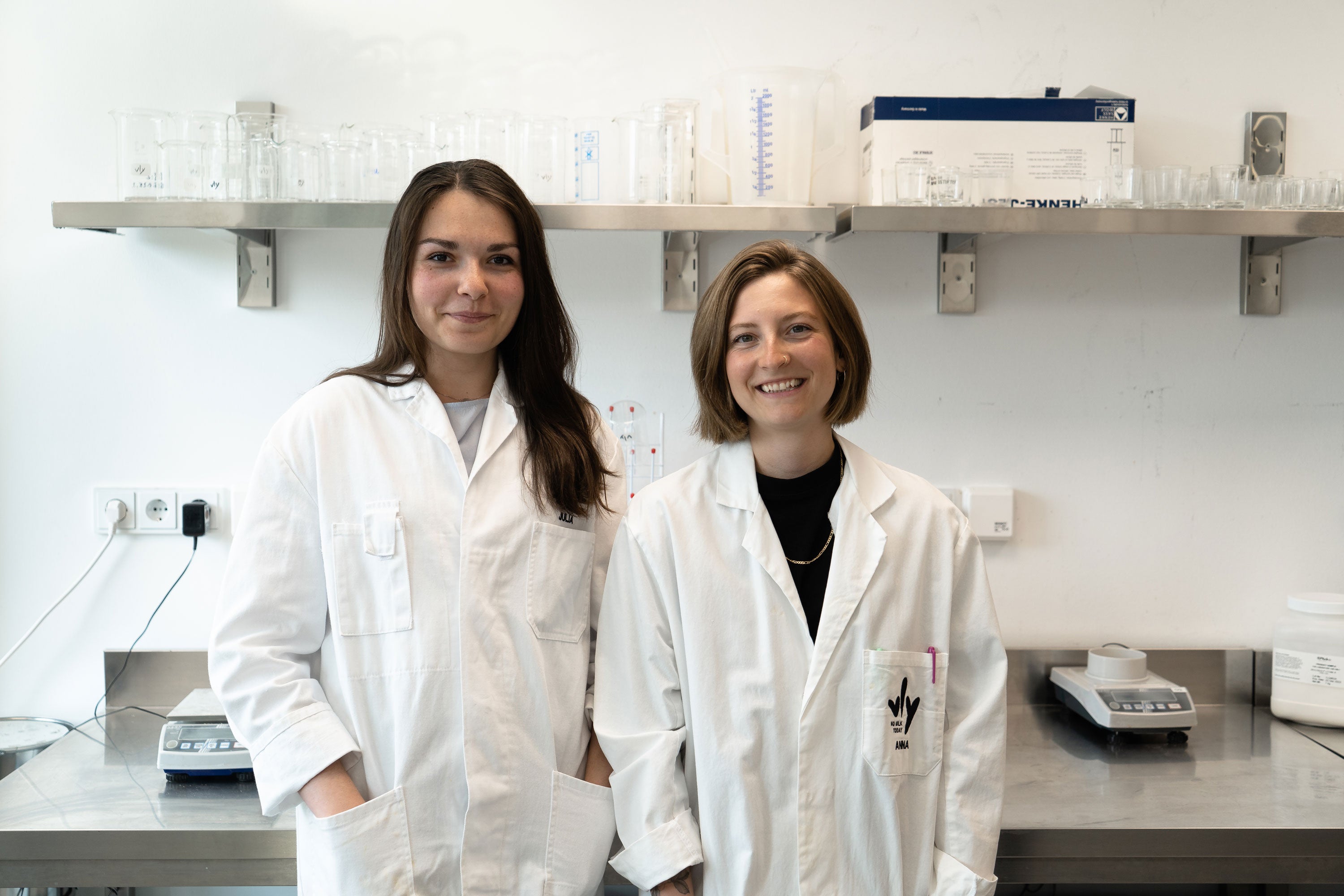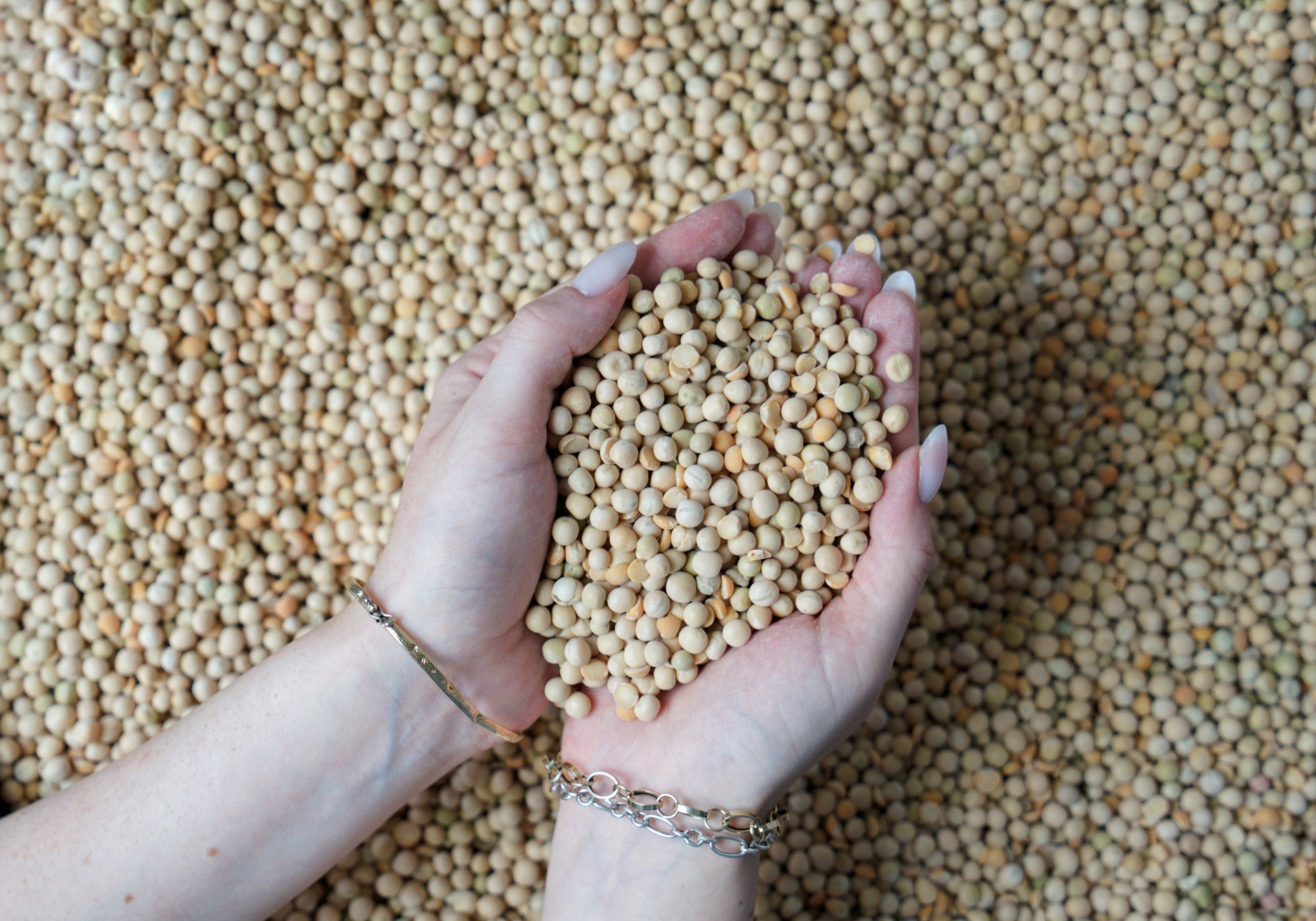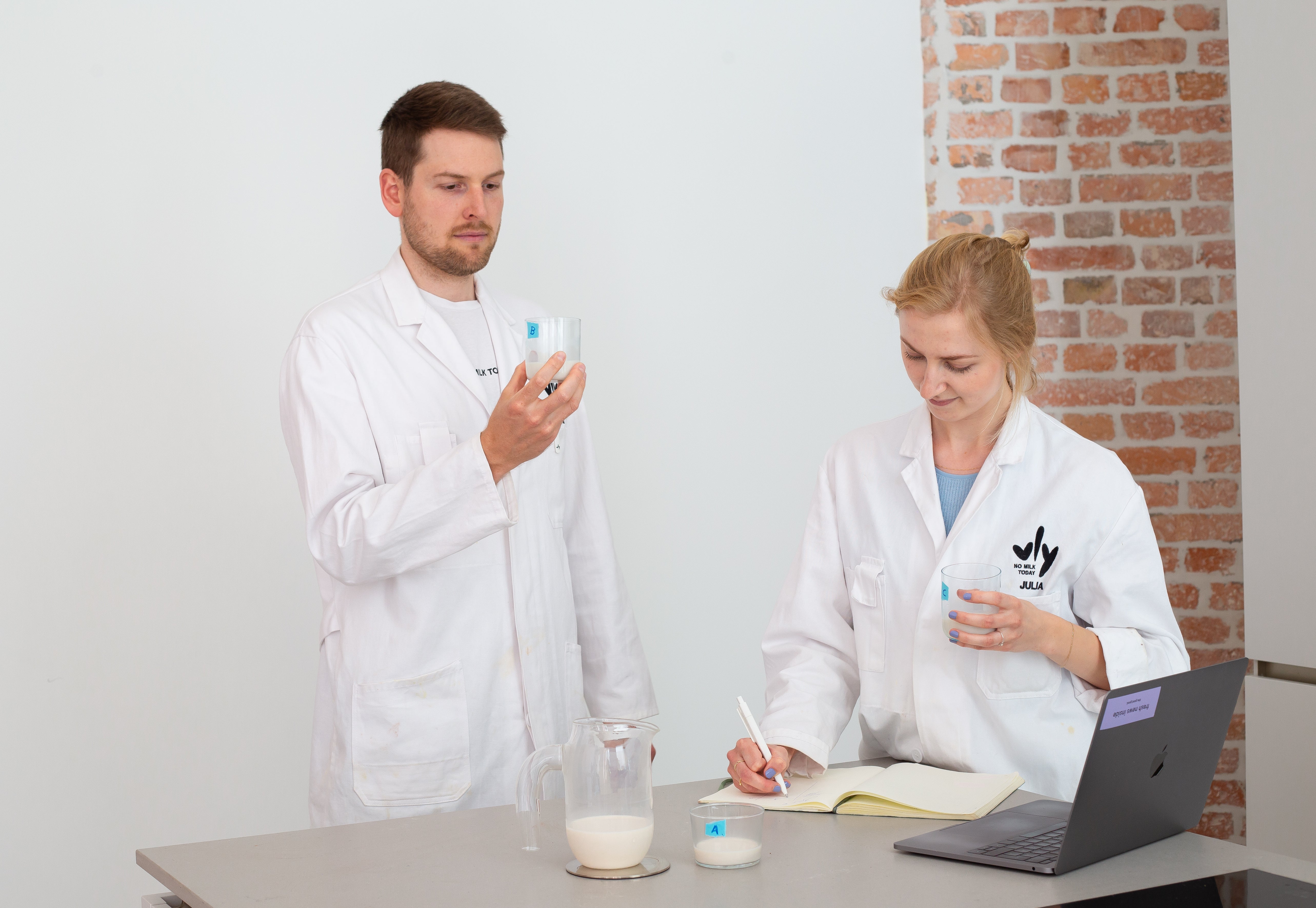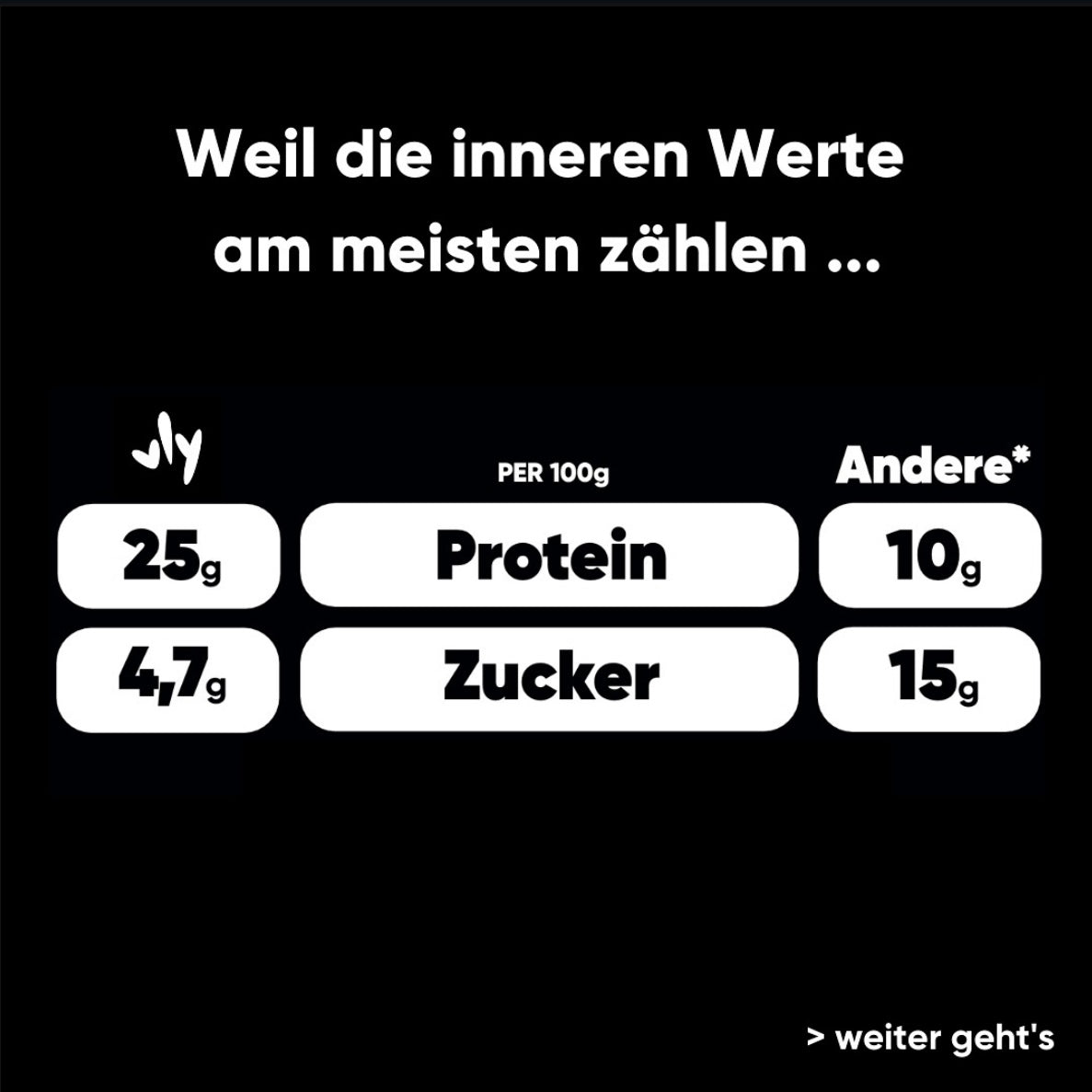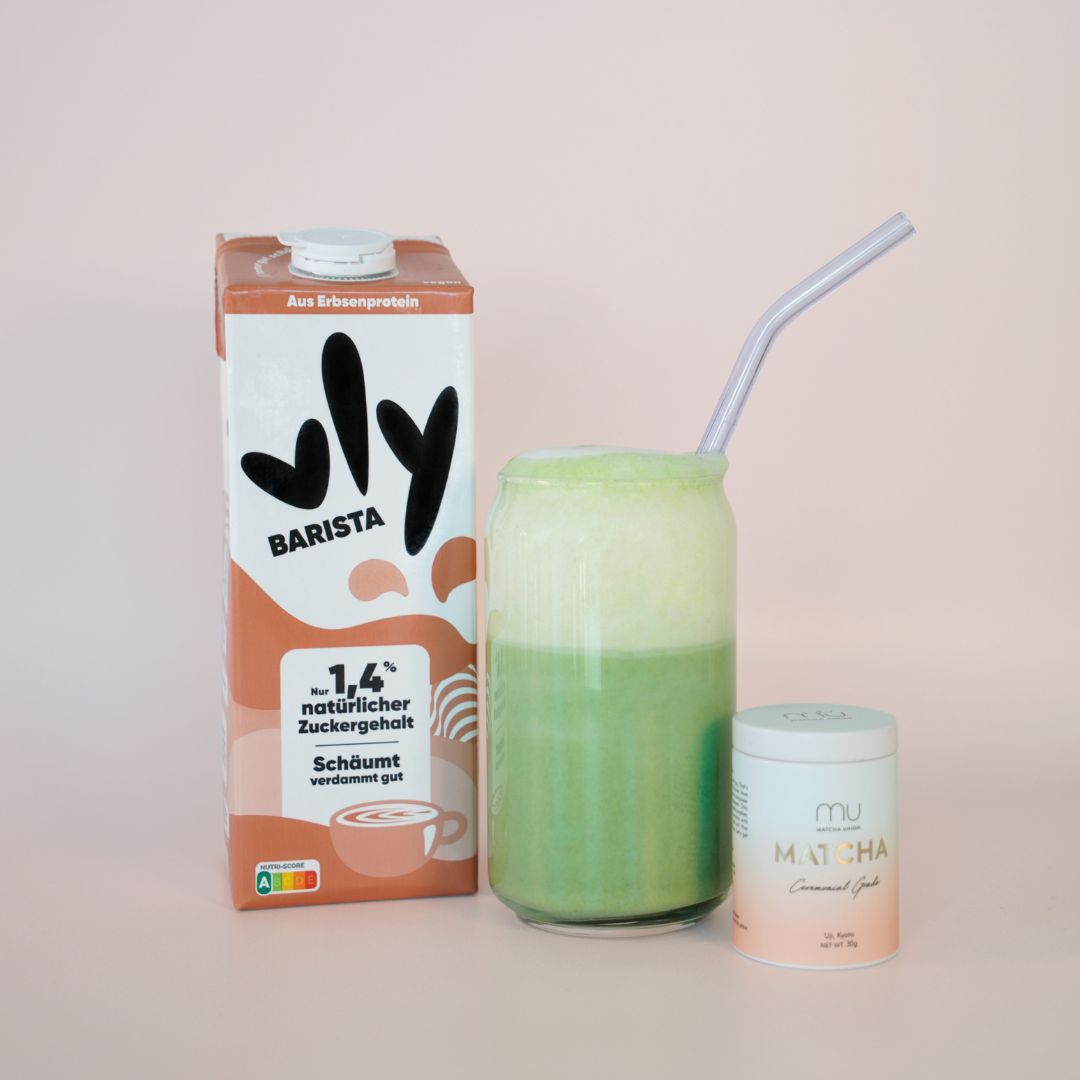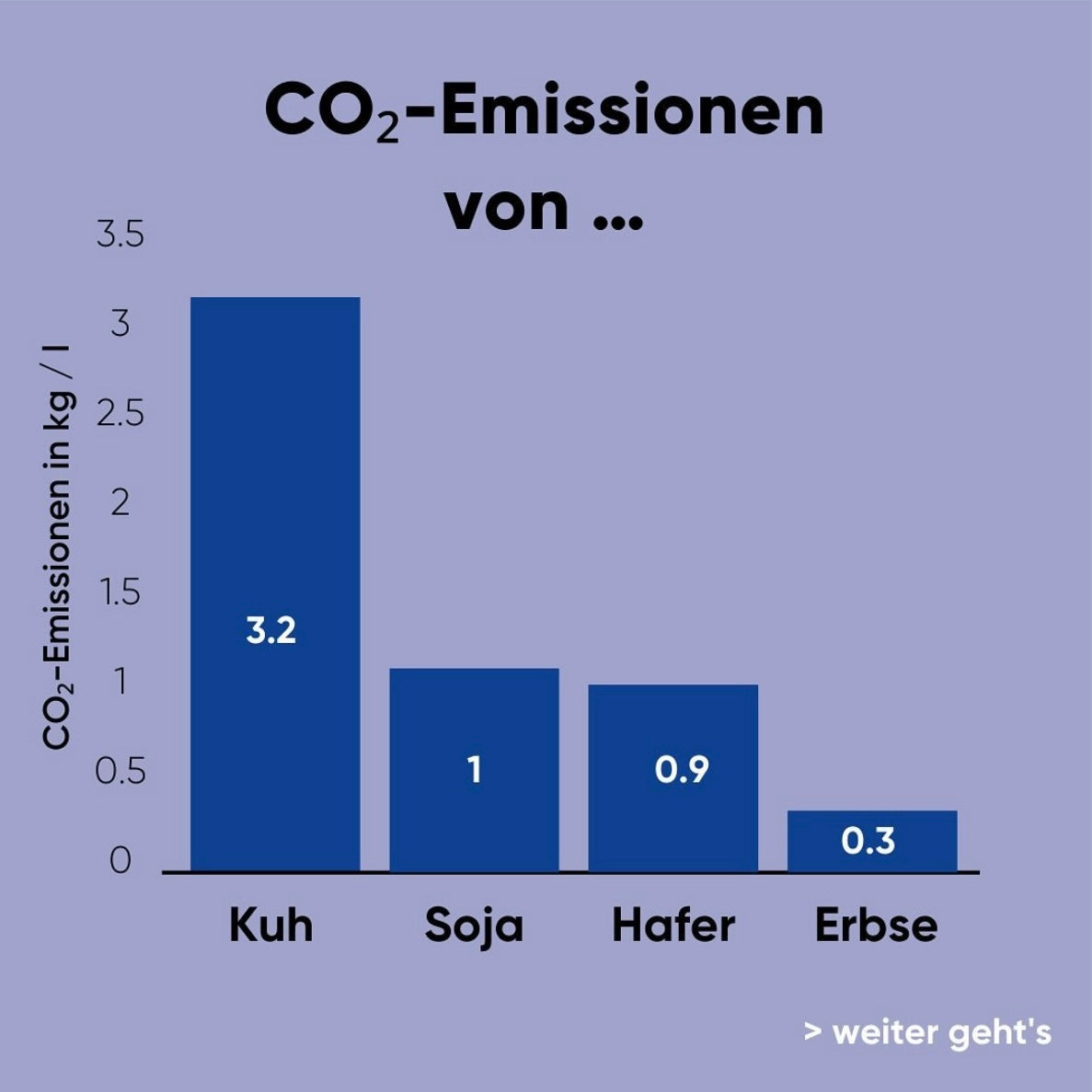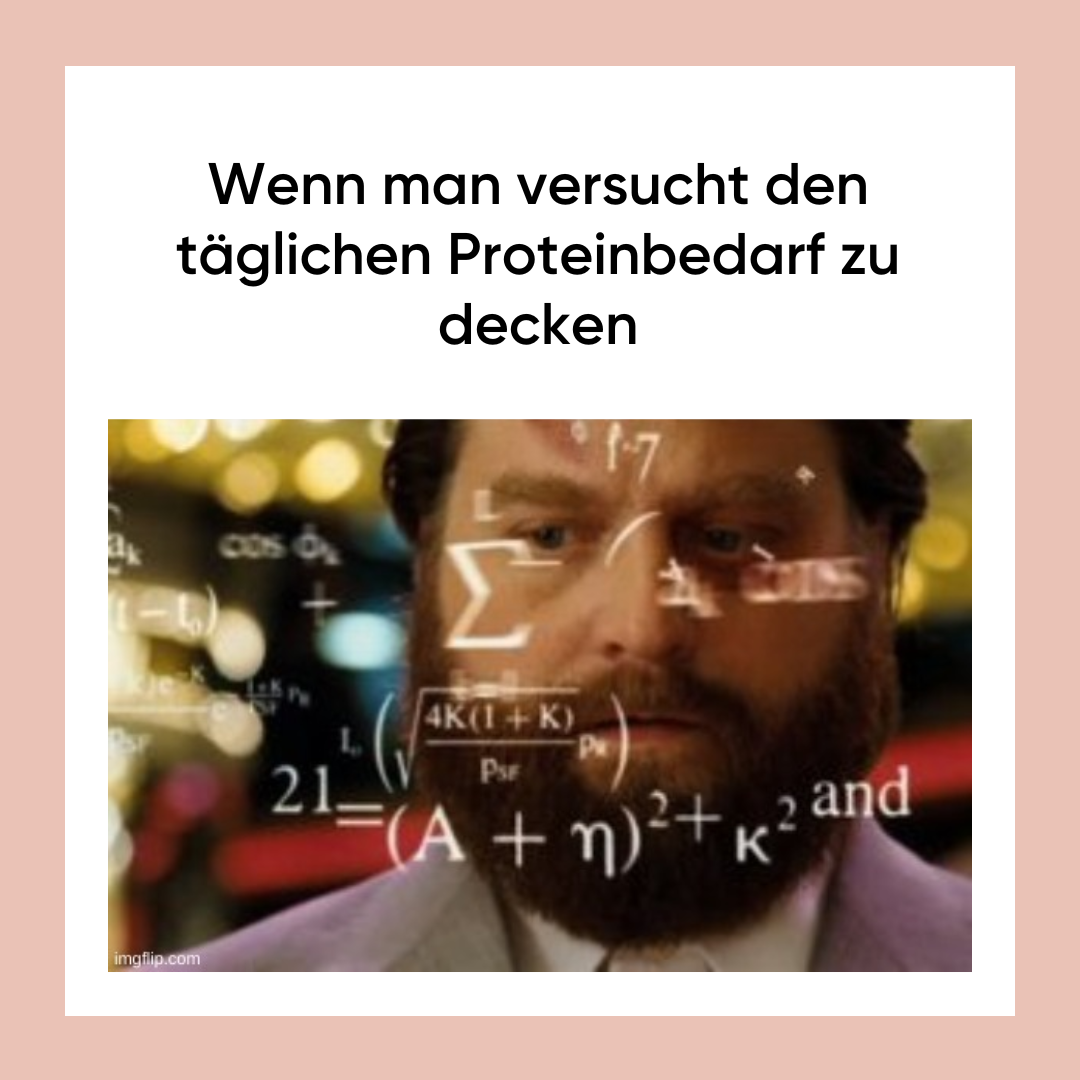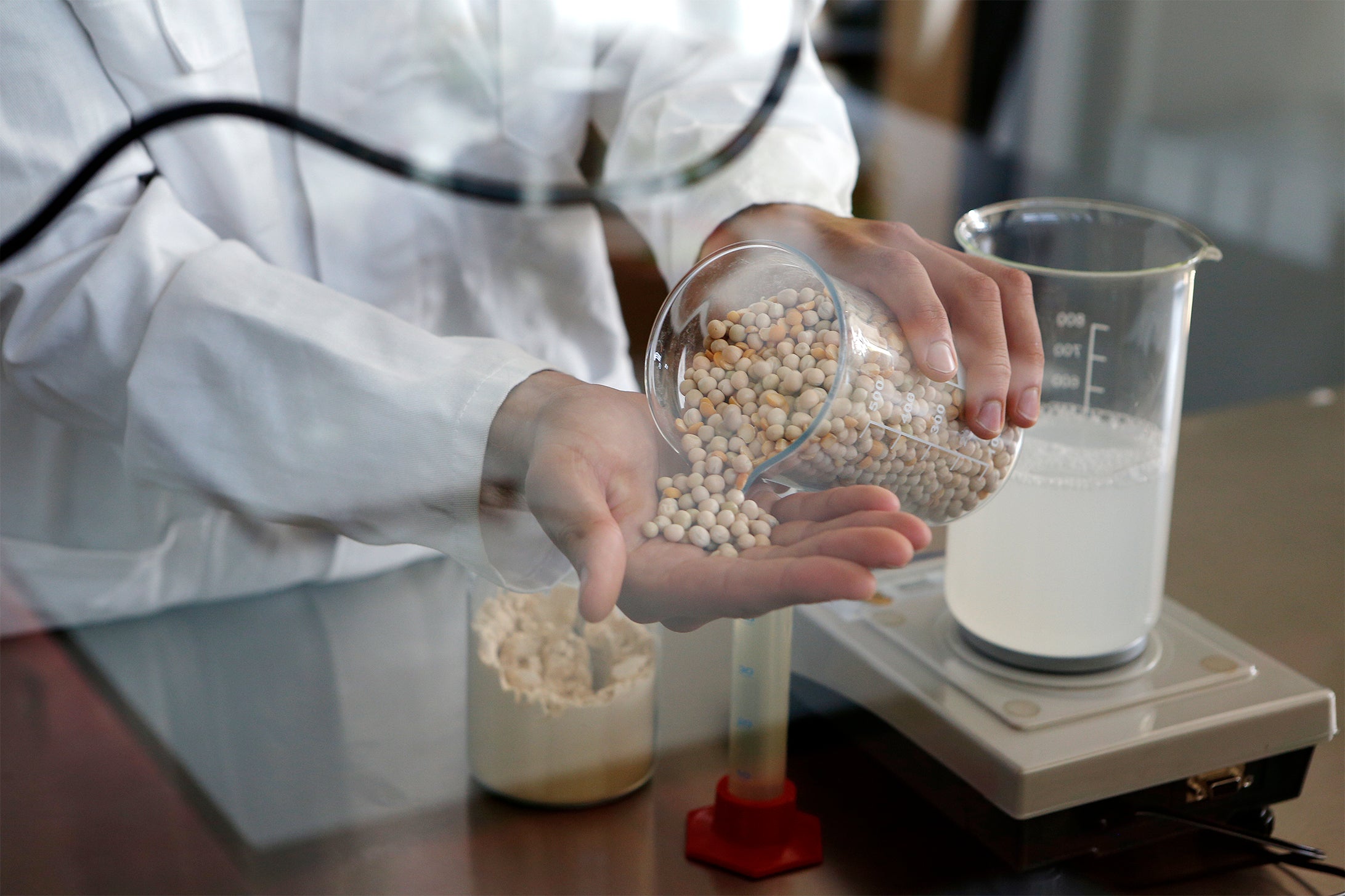
4 reasons why pea protein is good for your health:
We know what you're probably thinking right now: pea protein? In the name of all oat and almond drinks, what does the pea want here? To take away one of your fears: Only the extracted protein from the yellow split pea goes into our products. We've rolled through some studies and brought you the top health benefits . Ready? Then let's get started.
1. Because it helps regulate blood sugar levels (1, 2)
Have you ever had a midday slump after eating? This is also called a “carb crash” and is a sign that your blood sugar level has dropped significantly. If you e.g. For example, if you eat something high in sugar, your blood sugar levels shoot up and the pancreas releases the hormone insulin. In such cases, unfortunately, more than necessary, so that excessive amounts of sugar are transported from the blood into the cells. The result: the body reacts with tiredness or even ravenous hunger - especially to sugary foods. And that's how all the stress started. This is where our pea protein comes into play. A University of Toronto study showed that blood sugar levels rose less quickly after a meal containing pea protein (1). "Carb crash", sugar shock and cravings - this is a declaration of war!

2. Because it helps with muscle building and muscle recovery (3, 4)
What's the first thing that comes to mind when you think of protein? 9 times out of 10 you now think about muscles and fitness. There's something there too. Pea protein has long made a name for itself in the fitness scene. Some studies also read that it can help build muscle (3, 4). Some researchers even say pea protein is more effective at building muscle than animal whey protein (3). That's why you can also mix the ideal protein shake with our vly High Protein - without powder.

3. Because it makes you feel full (5, 6, 7)
Did you know that protein can make you feel full longer? All proteins actually have this in common, but according to some studies, our pea protein is particularly good at it. According to others, it is on the same level as casein, but significantly better than whey (5). Incidentally, casein and whey are the proteins found in cow's milk. If you've read this far and already crossed cow's milk off the shopping list, our pea protein just keeps sounding better, right? We thought so.
4. Because it contains essential amino acids (8, 9, 10, 11)
Ever heard of limited amino acids? These are the essential amino acids, which are the least found in a dietary protein. This includes, for example, lysine in many grains, nuts and seeds (see figure below). Those who eat plant-based foods often have little lysine in their bodies . This was shown by the EPIC study by the University of Oxford. And now guess what is rich in lysine? Exactly, in our pea protein.
Oh yes, while we're on the subject: You can easily add our products to meals, e.g. B. with muesli or in coffee. This is especially beneficial because it balances the amino acids and creates a complete profile. The best thing about it: This is how you easily integrate your amino acid intake into your everyday life - without any dietary supplements.

Are you still looking for inspiration, recipes and latte art tutorials ? Then follow us on Instagram and let's stay in touch.
Sources
- Mollard, RC, Luhovyy, BL, Smith, C, & Anderson, GH (2014). Acute effects of pea protein and hull fiber alone and combined on blood glucose, appetite, and food intake in healthy young men–a randomized crossover trial. Applied physiology, nutrition, and metabolism, 39(12), 1360-1365.
- Smith, c. E, Mollard, RC, Luhovyy, BL, & Anderson, GH (2012). The effect of yellow pea protein and fiber on short-term food intake, subjective appetite and glycemic response in healthy young men. British journal of nutrition, 108(S1), S74-S80.
- Babault, N., Païzis, C., Deley, G., Guérin-deremaux, L., Saniez, MH, Lefranc-millot, C., & Allaert, FA (2015). Pea proteins oral supplementation promotes muscle thickness gains during resistance training: a double-blind, randomized, placebo-controlled clinical trial vs. whey protein. Journal of the international society of sports nutrition, 12(1), 3.
- Banaszek A, Townsend J, Bender D, Vantrease W, Marshall A, & Johnson K (2019). The Effects of Whey vs. Pea Protein on Physical Adaptations Following 8-Weeks of High-Intensity Functional Training (HIFT): A Pilot Study. Sports, 7(1), 12.
- Abou-Samra R, Keersmaekers L, Brienza D, Mukherjee R, & Macé K (2011). Effect of different protein sources on satiation and short-term satiety when consumed as a starter. Nutrition journal, 10(1), 139.
- Anderson, GH, & Moore, SE (2004). Dietary proteins in the regulation of food intake and body weight in humans. The Journal of nutrition, 134(4), 974S-979S.
- Diepvens, K., Häberer, D., & Westerterp-Plantenga, M. (2008). Different proteins and biopeptides differently affect satiety and anorexigenic/orexigenic hormones in healthy humans. International journal of obesity, 32(3), 510.
- Young, VR, & Pellett, PL (1994). Plant proteins in relation to human protein and amino acid nutrition. The American journal of clinical nutrition, 59(5), 1203S-1212S.
- EPIC Oxford Study (2006). Nature.
- Schmidt JA, Rinaldi S, Scalbert A, Ferrari P, Achaintre D, Gunter MJ, ... & Travis RC (2016). Plasma concentrations and intakes of amino acids in male meat-eaters, fish-eaters, vegetarians and vegans: a cross-sectional analysis in the EPIC-Oxford cohort. European journal of clinical nutrition, 70(3), 306.
- Rogerson, D. (2017). Vegan diets: practical advice for athletes and exercisers. Journal of the International Society of Sports Nutrition, 14(1), 36.
- González, AD, Frostell, B., & Carlsson-Kanyama, A. (2011). Protein efficiency per unit energy and per unit greenhouse gas emissions: potential contribution of diet choices to climate change mitigation. Food policy, 36(5), 562-570.

